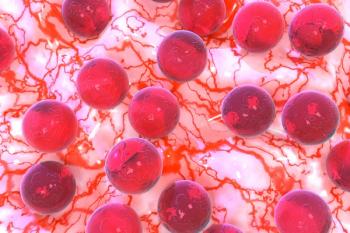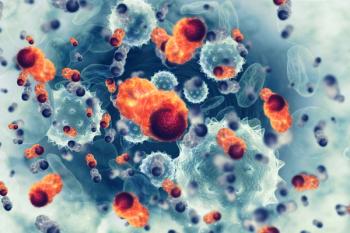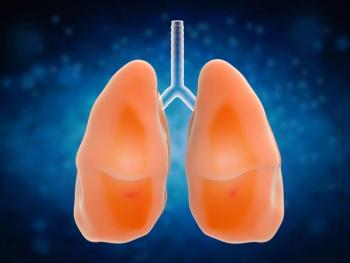
Objective Data Highlight Substantial Benefits With Mirdametinib in NF1-PN

Findings from the phase 2b ReNeu trial show significant pain relief with mirdametinib in adult and pediatric patients with NF1-PN.
Christopher L. Moertel, MD, spoke with CancerNetwork® ahead o
Based on data from the
Among adult patients with NF1-PN who received mirdametinib, treatment yielded significant improvements in worst tumor pain severity (P <.001), pain interference (P <.001), and health-related QOL (HRQOL; P = .02). Data in the pediatric patient cohort showed significant improvements associated with worst tumor pain severity (P = .003), patient-reported pain interference (P = .02), parent-reported pain interference (P = .03), and parent-reported HRQOL (P = .005).
Transcript:
Our main study end point was an objective response defined as a greater than 20% shrinkage of the tumor, and we definitely saw that in a substantial number of patients. That was the number 1 and most important [outcome]. Secondary observations included QOL, and we definitely saw an improvement in the QOL of our patients. We know that plexiform neurofibroma can impact QOL in a number of different ways. Seeing that in a statistically significant [way] was quite gratifying. Likewise, [for] pain relief—one of the main reasons people present with plexiform neurofibroma and desire treatment is because of the pain it causes—we saw statistically significant relief of pain. Those things, all together, are great.
Talking to my colleagues across the country, our main objective with all of this is to improve the QOL of our patients, and we definitely have objective data to go by here.
References
- FDA approves mirdametinib for adult and pediatric patients with neurofibromatosis type 1 who have symptomatic plexiform neurofibromas not amenable to complete resection. News release. FDA. February 11, 2025. Accessed February 11, 2025. https://tinyurl.com/ymr3ft29
- Moertel CL, Hirbe AC, Shuhaiber HH, et al. ReNeu: a pivotal, phase IIb trial of mirdametinib in adults and children with symptomatic neurofibromatosis type 1-associated plexiform neurofibroma. J Clin Oncol. Published online November 8, 2024. doi:10.1200/JCO.24.01034
Newsletter
Stay up to date on recent advances in the multidisciplinary approach to cancer.


















































































